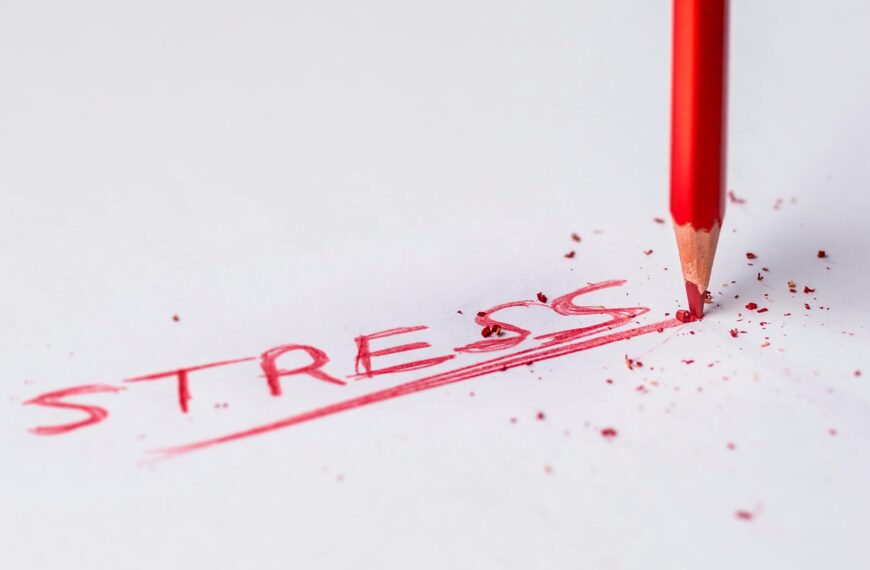In recent years, the conversation around mental health has gained prominence, yet the mental wellness of students in India remains an area that requires urgent attention. With increasing academic pressure, societal expectations, and peer influences, Indian students face a complex set of challenges. At InnerAlly, we understand the importance of nurturing mental wellness in young minds and providing the support they need to navigate these pressures.
The Mental Health Crisis Among Indian Students
India is home to one of the largest student populations in the world, with over 320 million students enrolled in schools and colleges. This immense number underscores the need to address student mental health, especially when the statistics are alarming.
- 1 in 4 adolescents in India reports experiencing feelings of depression or anxiety, according to the National Mental Health Survey (2015–16).
- In 2021 alone, the National Crime Records Bureau (NCRB) reported that over 13,000 students died by suicide in India, with academic failure being a significant contributing factor.
These figures are a reflection of the immense stress students face and highlight the need for a more supportive mental health infrastructure.
Academic Pressure: The Root of Anxiety
Academic performance is often seen as the primary determinant of a student’s future in India. The pressure to excel in board exams, clear competitive entrance tests, and secure admission into prestigious institutions can be overwhelming.
Many students are pushed to study for long hours, often compromising sleep, relaxation, and recreational activities. A 2019 survey by the NGO Child Rights and You (CRY) found that over 80% of students reported feeling stressed because of studies. This continuous cycle of academic stress, driven by societal expectations and personal ambitions, often leads to burnout, anxiety, and depression.
Peer Pressure: A Silent Stressor
In addition to academic stress, peer pressure is another major factor impacting the mental wellness of students. The influence of friends, social media, and trends can lead students to compare their lives and achievements to those around them, resulting in feelings of inadequacy. The need to conform to societal standards of success — whether in terms of academic performance, appearance, or popularity — can create an environment where students feel they must meet unrealistic expectations.
Peer pressure can manifest in various forms, such as:
- Pressure to secure high grades or pursue specific career paths
- Influence to engage in risky behaviors to “fit in”
- The need to keep up with peers in terms of material possessions, lifestyle, or online presence
These pressures can chip away at a student’s self-esteem, leading to anxiety, feelings of isolation, and, in some cases, risky behavior or poor decision-making.
How We Can Support the Mental Wellness of Indian Students
The journey to building a mentally healthy student community requires a multi-faceted approach. At InnerAlly, we believe in the power of open dialogue, professional support, and self-care techniques. Here are some key ways to support students’ mental health:
- Create Safe Spaces for Open Conversation
It is essential to foster an environment where students feel safe discussing their mental health challenges without fear of judgment. Educational institutions can establish student counseling services and peer support groups where students can freely express their concerns. - Promote Work-Life Balance
Encouraging students to engage in hobbies, sports, and social activities helps them unwind from the pressures of academic life. Schools and families need to recognize the value of leisure and ensure that students aren’t overburdened by their schedules. - Incorporate Mental Health Education
Mental health literacy should be part of the school curriculum. Teaching students about coping mechanisms for stress, anxiety, and depression can empower them to take proactive steps toward their mental wellness. - Encourage Professional Help
Parents and teachers must be vigilant in recognizing signs of distress in students. Timely intervention by mental health professionals can make a significant difference in addressing issues before they escalate. With platforms like InnerAlly, students can access teletherapy services, helping them get the support they need when they need it. - Use Technology Mindfully
While technology is an indispensable part of modern life, students should be educated on the impact of excessive screen time and social media use. Encouraging digital detox periods and mindful engagement with technology can reduce the pressure to constantly compare oneself to others. - Celebrate Efforts, Not Just Outcomes
Shifting the focus from results to effort can help reduce the pressure on students. Acknowledging progress, resilience, and growth, even when a student doesn’t achieve top marks, can foster a healthier mindset.
A New Approach to Student Well-being
At InnerAlly, we are committed to supporting the mental wellness of students through tailored programs that address their unique challenges. We offer resources, workshops, and professional counseling designed to alleviate stress and build emotional resilience. By empowering students with the right tools, we aim to create a generation that is not only academically successful but also mentally strong.
Conclusion
Mental wellness in students is not a luxury — it’s a necessity. The pressures faced by Indian students are undeniable, but with the right support systems in place, we can help them thrive, not just academically but emotionally. Let’s prioritize the mental health of our students, ensuring they grow up to be well-rounded, resilient individuals who can take on the world.












